We came to know from various news media that Kamalapur Railway Station would be demolished to build several high-rise buildings including a five-star hotel, shopping mall, office complex, and residential buildings. A new station would be established north of the current place. This has motivated me to write something about this 54-year-old iconic structure in Dhaka.
Daniel C. Dunham and Robert Boughey were the architects of the Kamalapur Railway Station. Before the Liberation War, the 1950s and 1960s were promoted as the decade of development in East Pakistan by Ayub Khan’s military government. Some work on the infrastructures of Dhaka began at that time. That was the beginning of post-Mughal or post-British architecture in Bangladesh. Louis I. Kahn’s Sangsad Bhaban, Dunham-Boughey’s Kamalapur Railway Station, Richard Vrooman’s BUET Architecture Building, etc. gave Dhaka its own identity with these modern architectures.
“Iconic” buildings are the ones that provide the identity of not only a locale but also an entire city. As you associate Sydney with the Opera House or Paris with the Eiffel Tower, so you will get to realize that you have been to Dhaka, seeing the umbrella-like structure of Kamalapur Railway Station. If we want to dispel the city’s identity along with the tide of development, it is also our responsibility to consider how deleterious it might be.
Background:
During the colonial era, land communication between Dhaka and India was quite limited. Along the east-west map with western India, transport used to run via the Fulbaria station. After the birth of Pakistan, it was decided to build the Kamalapur Railway Station to strengthen connectivity along the north-south route with the capital. This station in East Pakistan was like a bribe given by the Ayub government to the people of Bengal.
After Berger Construction took over the project, EPUET (now BUET) architecture teacher Daniel Dunham began the design (1st image). After comments and revisions on the first draft, Dunham had to leave, and the work was handed over to yet another EPUET professor, Robert Boughey. He worked on Dunham’s original ideas and created the final design.
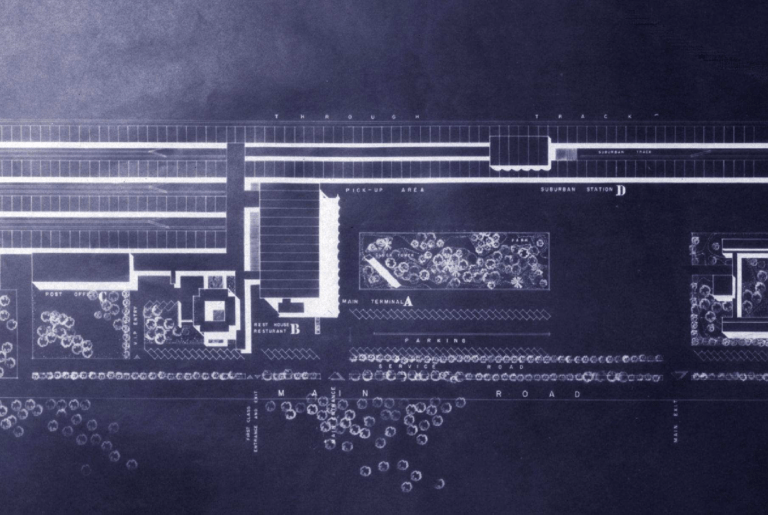
The Basic Concept of Design:
At that time, the metaphor was a crucial aspect of architecture. The government mentioned the need for Muslim motifs in modern architecture because it was built in a Muslim country. The shell structure at the station looks a lot like a Muslim arch when arranged side by side (2nd, and 3rd image). The architects named this superstructure “Dome-umbrella-scheme” (4th, and 5th image).
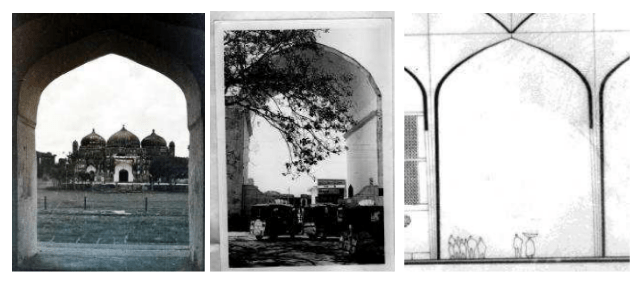
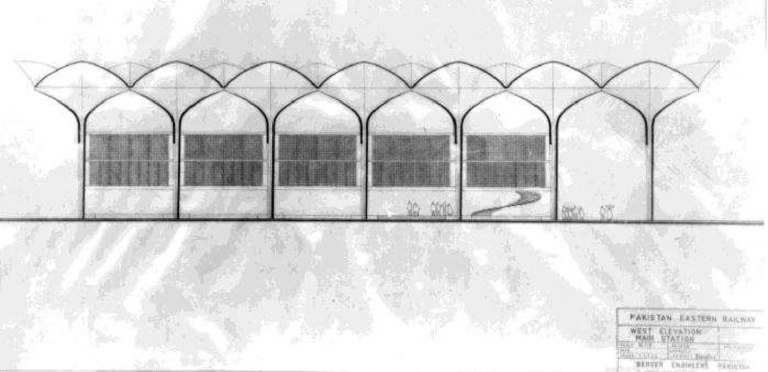
![]()
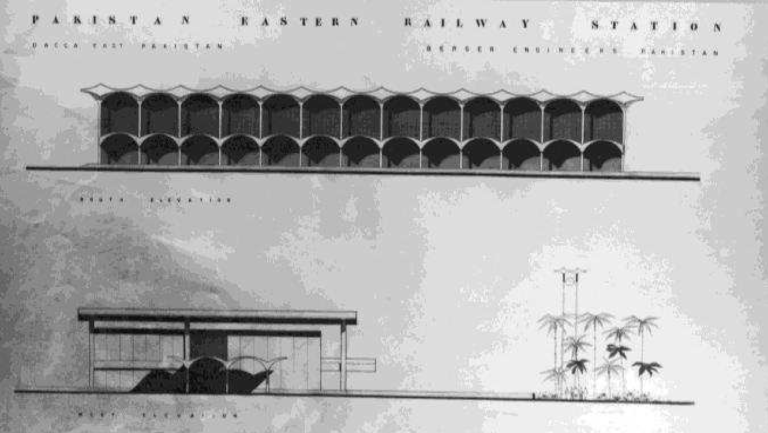
![]()
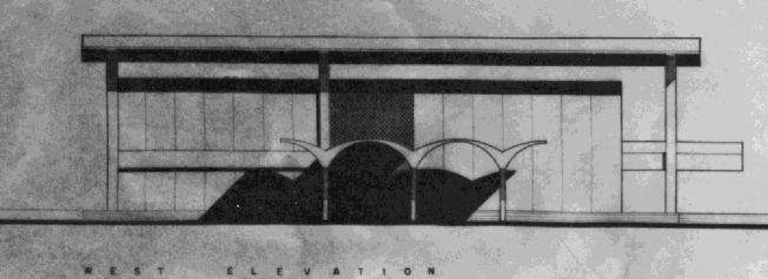
Not only is this design bewitching, but the ventilation required for free movement of air and circulation for the movement of people has also been solved with great dexterity in the design. However, determining the correct direction of rainwater flow in tropical regions was a challenge for foreign architects then. Still, the station turned out to be an iconic architecture of Dhaka without any difficulty in the daily activities of the station.
To sum up, I cannot help saying one thing. As a professional, I am absolutely a beginner, yet I feel that the identity crises we experience in student and professional lives can be attributed to not knowing ourselves, not knowing our own country, and not relating ourselves with the little sentiments of the country. Sir Dunham’s wife, Mary Frances Dunham, a musician, received a fellowship to work on “Jarigan” in Bangladesh.
It may be a third-world, underdeveloped, and dirty country. Yet, some, if not everyone, should have eyes to see the country and its underlying beauty. Even a derelict station may also have something in it to be loved.
Nazifa Tabassum Puly is an architect, researcher, musician, and entrepreneur.


